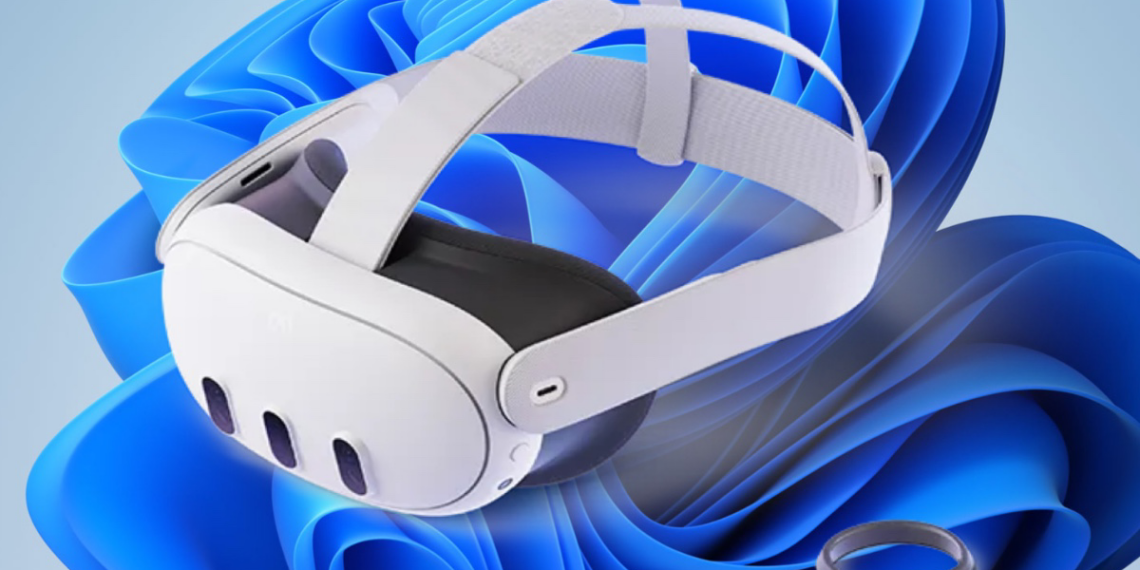Microsoft is set to expand the functionality of its Windows 11 operating system into virtual reality through a new collaboration with Meta.
At the recently concluded Microsoft Ignite 2024 conference, the tech giant announced that it will roll out the “full capabilities” of Windows 11 on the Meta Quest 3 and Quest 3S headsets.
The integration is slated to launch in December as part of a public preview.
This will enable users to connect their Quest headsets to either a local Windows PC or a cloud-based Windows instance via Windows 365.
Microsoft claims the connection process is quick, taking only a matter of seconds, and likens the experience to having a “private, multi-monitor workstation.”
Users will reportedly have access to applications and functionalities extended into immersive 3D environments, opening up new ways to interact with Windows.
One great feature of this integration is the introduction of Volumetric Apps, which allow supported Windows applications to operate within a 3D space.
During a demonstration earlier this year, Microsoft showcased an exploded 3D view of an Xbox controller, which could be manipulated using hand gestures while wearing a Quest 3 headset.
This functionality reveals Microsoft’s vision to change how users engage with digital tools in a virtual reality setting.
Developers have been invited to participate in this initiative by gaining access to an API designed to create plug-ins for both new and existing 3D Windows desktop applications. The move aims to encourage innovative applications of Windows 11 in the metaverse.
This isn’t Microsoft’s first move to extend Windows to Meta’s headsets. In 2022, the company announced plans to bring Microsoft Teams and other Windows apps to the Quest platform.
By late 2023, productivity tools from the Microsoft 365 suite, including Word, Excel, and PowerPoint, became accessible on Meta headsets.
Microsoft also introduced Xbox Cloud Gaming to the platform, enhancing both professional and recreational experiences in virtual reality.






